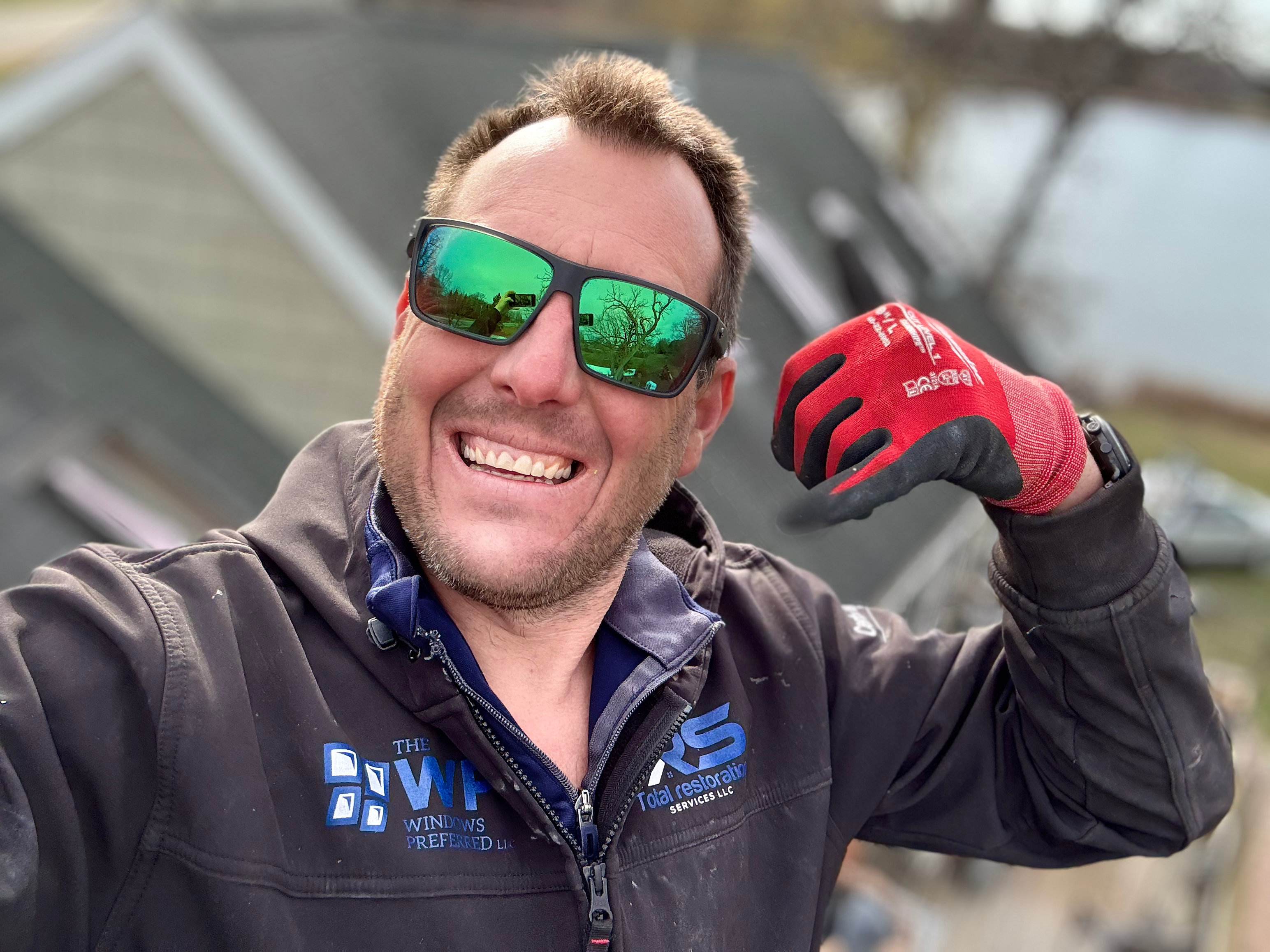The Process of Installing a Metal Roof Explained
- metalroofingwiscon

- Oct 8
- 4 min read
Metal roofing has become a popular choice for commercial and residential buildings due to its durability, energy efficiency, and aesthetic appeal. For builders, property managers, and general contractors, understanding the process of installing a metal roof is essential to ensure a successful project. This guide breaks down the installation process into clear, actionable steps, providing practical insights and recommendations.
Understanding Metal Roofing: Types and Benefits
Metal roofing comes in various materials such as steel, aluminum, copper, and zinc. Each type offers unique advantages depending on the building’s location, climate, and design requirements.
Steel: The most common and cost-effective option, often coated with zinc or paint for corrosion resistance.
Aluminum: Lightweight and resistant to salt corrosion, ideal for coastal areas.
Copper: Offers a distinctive look and excellent longevity but comes at a higher price.
Zinc: Known for self-healing properties and long lifespan.
The benefits of metal roofing include:
Longevity: Metal roofs can last 40-70 years, significantly longer than asphalt shingles.
Energy Efficiency: Reflective coatings reduce heat absorption, lowering cooling costs.
Durability: Resistant to fire, wind, and impact damage.
Low Maintenance: Requires minimal upkeep compared to other roofing materials.
Choosing the right metal roofing system depends on the project’s budget, aesthetic goals, and environmental conditions.

Key Steps in the Metal Roofing Installation Process
Installing a metal roof involves several critical steps that must be followed meticulously to ensure performance and longevity.
1. Inspection and Preparation
Before installation begins, a thorough inspection of the existing roof structure is necessary. This includes checking for:
Structural integrity and load-bearing capacity.
Existing roof material condition.
Proper ventilation and insulation.
Any damaged decking or framing should be repaired or replaced. Preparing the surface ensures a stable base for the metal panels.
2. Installing Underlayment and Flashing
A high-quality underlayment is essential to provide an additional moisture barrier. Synthetic underlayments are preferred for their durability and water resistance.
Flashing is installed around roof penetrations such as chimneys, vents, and skylights to prevent water infiltration. Proper flashing installation is critical to avoid leaks.
3. Laying Metal Panels
Metal panels are typically installed from the eave to the ridge, overlapping each panel to create a watertight seal. Fasteners are used to secure panels to the roof deck, often with rubber washers to prevent water penetration.
It is important to follow manufacturer guidelines for panel spacing and fastening to maintain warranty coverage and ensure structural integrity.
4. Sealing and Finishing Touches
Seams and joints are sealed with specialized metal roofing sealants to enhance waterproofing. Ridge caps and trim pieces are installed to complete the roof and provide a polished appearance.
Regular inspection during installation helps catch any issues early, such as misaligned panels or loose fasteners.

What is the average cost of a metal roof in NC?
The cost of installing a metal roof in North Carolina varies based on factors such as material choice, roof size, complexity, and labor rates. On average, homeowners and property managers can expect:
Material costs: $5 to $12 per square foot.
Labor costs: $3 to $7 per square foot.
Total installed cost: Approximately $8 to $19 per square foot.
For a typical 2,000 square foot roof, this translates to $16,000 to $38,000. Additional costs may include removal of old roofing, structural repairs, and permits.
Investing in a metal roof can lead to long-term savings due to reduced maintenance and energy costs. It is advisable to obtain multiple quotes from experienced contractors to ensure competitive pricing and quality workmanship.

Best Practices for Working with a Metal Roofing Installer
Selecting a qualified metal roofing installer is crucial for a successful project. Here are some recommendations:
Verify credentials: Ensure the installer is licensed, insured, and experienced with metal roofing systems.
Request references: Speak with previous clients to assess workmanship and reliability.
Review warranties: Understand the coverage for both materials and installation.
Communicate clearly: Discuss project timelines, access to the site, and any special requirements upfront.
Safety compliance: Confirm that the installer follows OSHA guidelines and uses proper safety equipment.
By partnering with a reputable metal roofing installer, builders and property managers can minimize risks and ensure the roof performs as expected for decades.
Maintenance Tips to Extend the Life of a Metal Roof
Proper maintenance is key to maximizing the lifespan of a metal roof. Consider the following tips:
Regular inspections: Check for loose fasteners, damaged panels, and sealant deterioration at least twice a year.
Clean debris: Remove leaves, branches, and dirt to prevent moisture buildup and corrosion.
Address repairs promptly: Fix minor issues before they escalate into costly damage.
Maintain gutters: Ensure gutters and downspouts are clear to facilitate proper drainage.
Avoid walking on the roof: If access is necessary, use designated walkways or protective mats to prevent dents.
Implementing a maintenance schedule helps protect the investment and maintain the roof’s appearance and functionality.
Metal roofing installation is a detailed process that requires expertise and attention to detail. By understanding the steps involved and working with skilled professionals, builders and property managers can deliver durable, efficient, and attractive roofing solutions that stand the test of time.




Comments